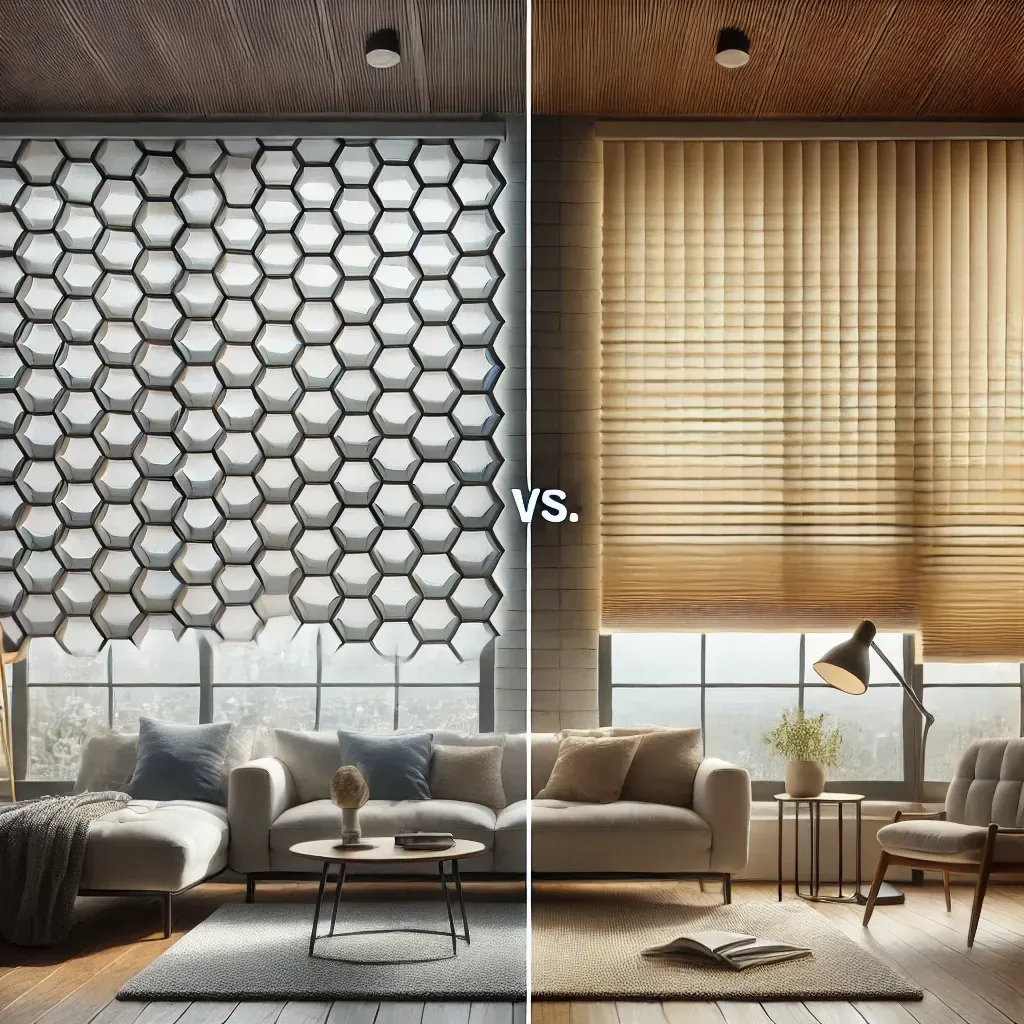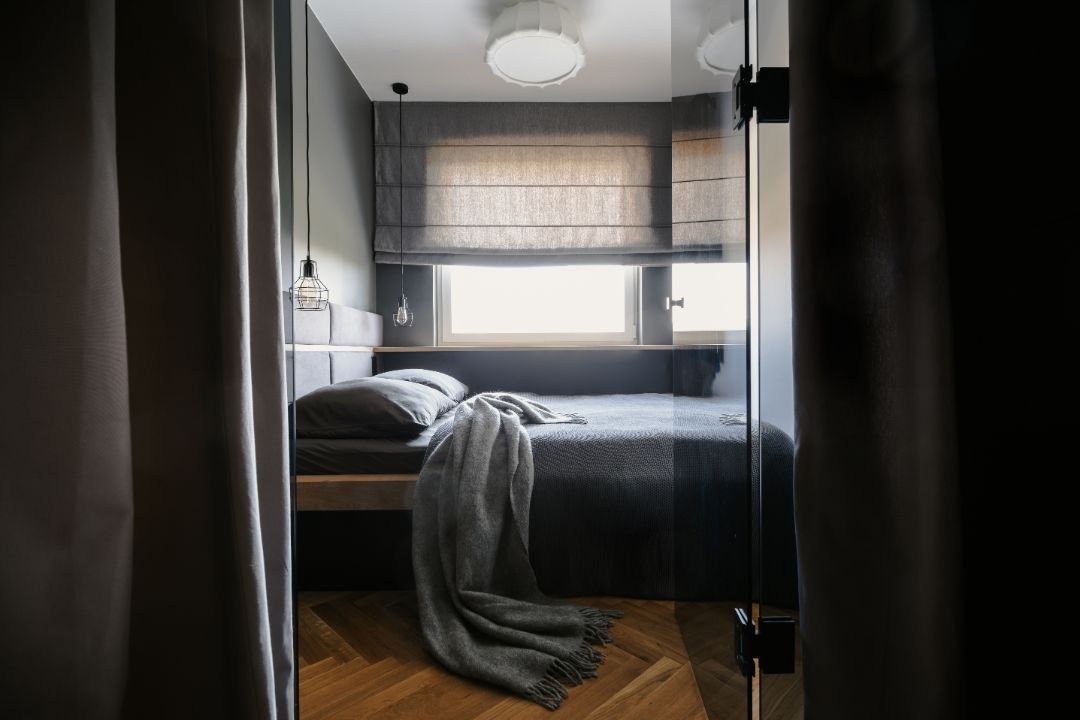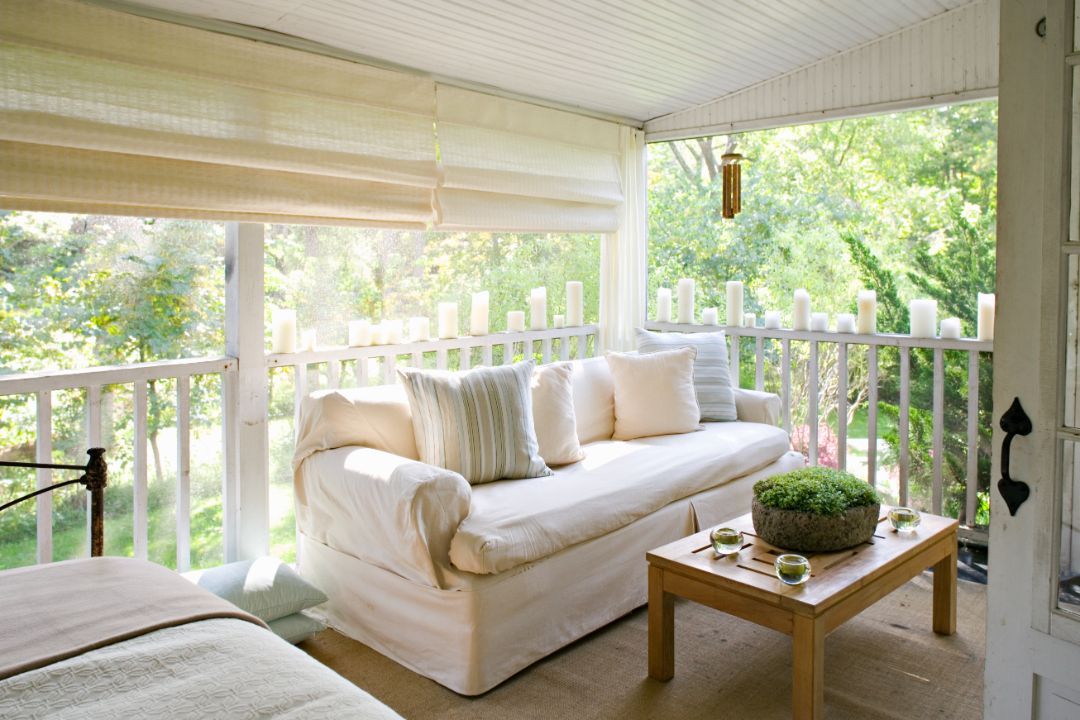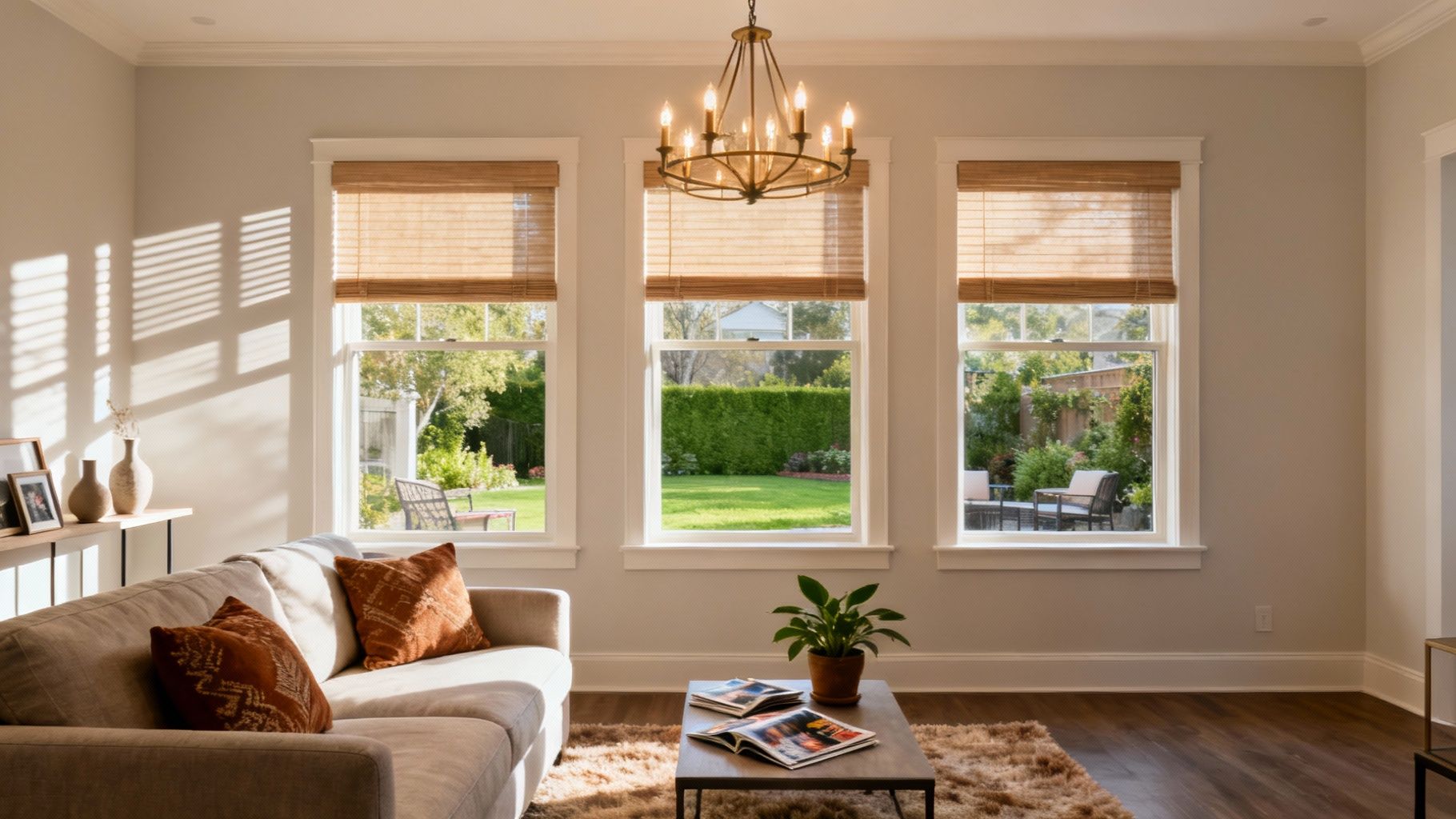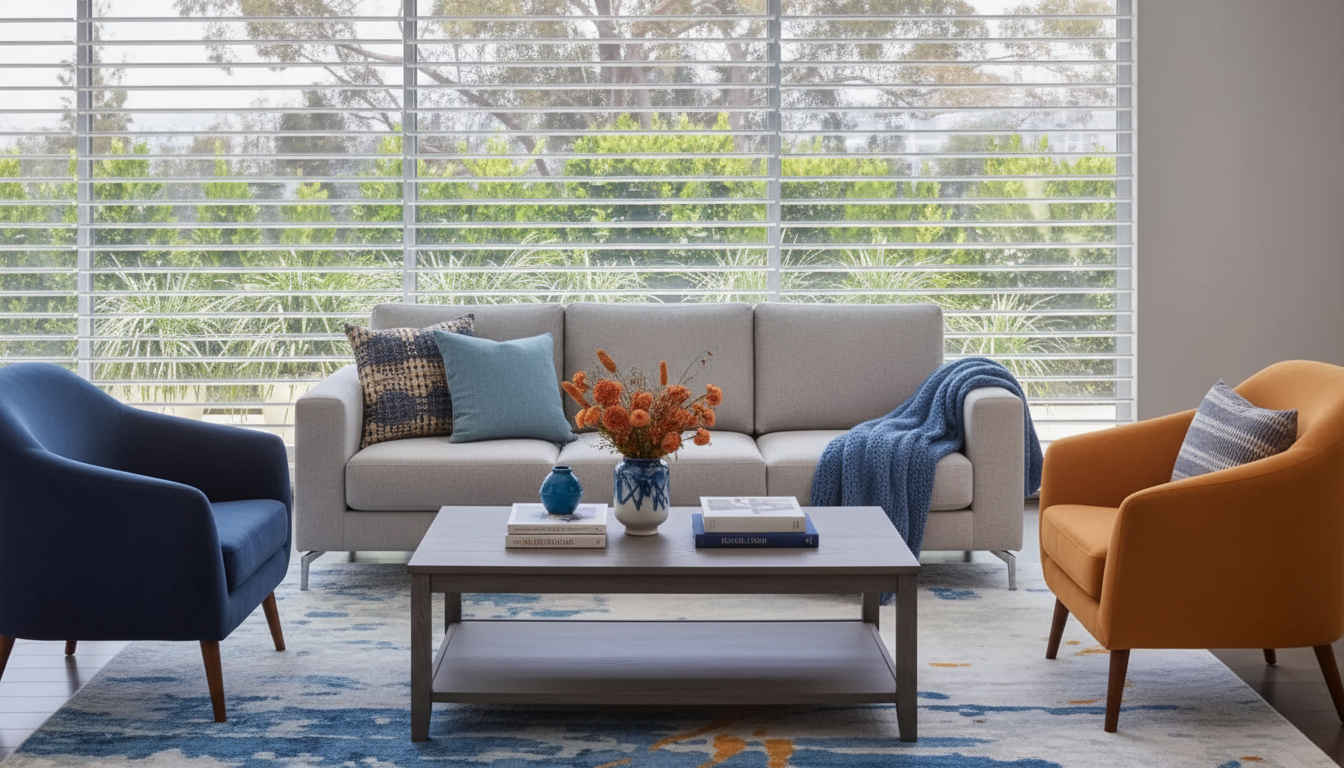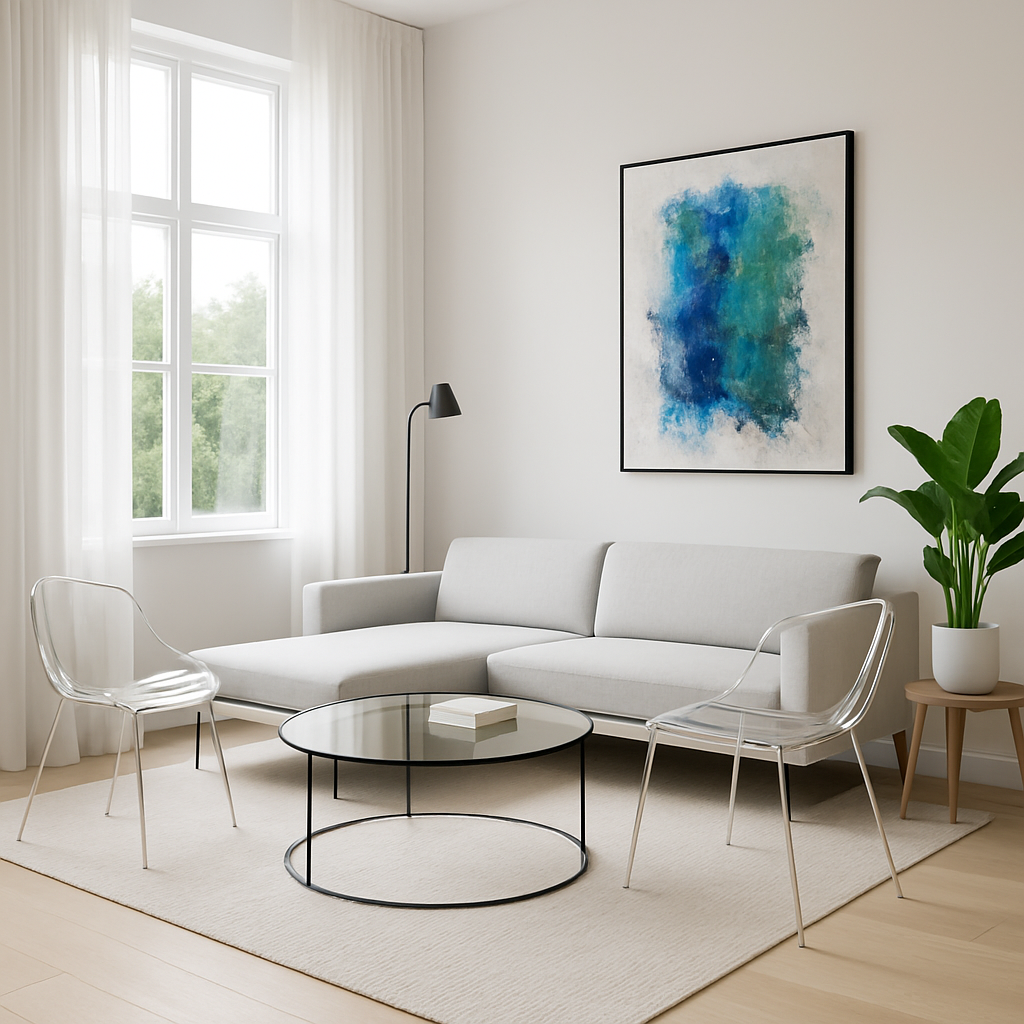Are Honeycomb and Cellular Shades the Same Thing?
TLDR;
Yes, honeycomb and cellular shades are the same type of
window treatment. The term “cellular” refers to the cell-like structure that traps air, while “honeycomb” describes the hexagonal shape of the design. Both names describe the same shade style, offering insulation, energy efficiency, privacy, and versatile design options.
What Are Cellular or Honeycomb Shades
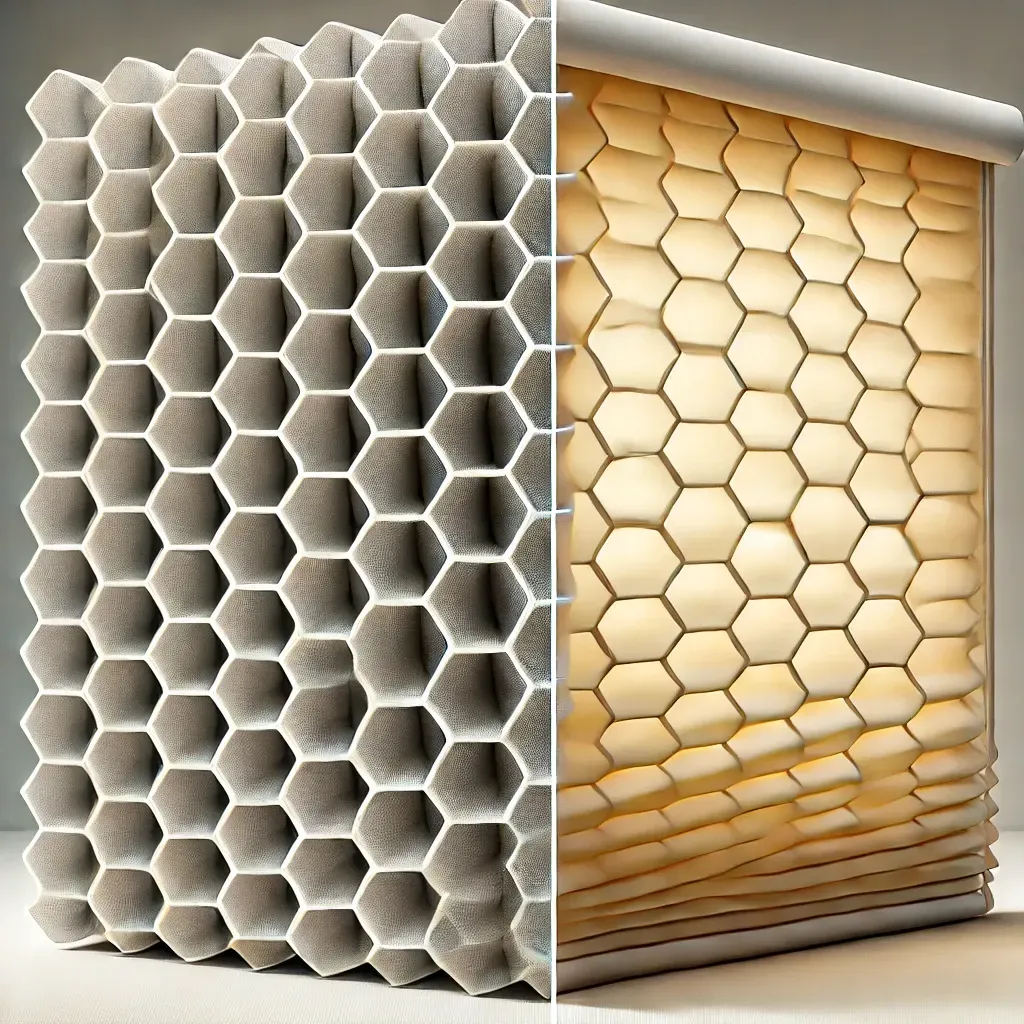
Honeycomb shades and cellular shades are two names for the same product. The word “cellular” describes the construction of the shade, made up of rows of small fabric cells. The word “honeycomb” comes from the fact that those cells look like the hexagons inside a beehive.
These shades are built with pleated fabric that forms air pockets. These pockets create insulation that reduces heat transfer. In summer, they keep your rooms cooler. In winter, they help hold warmth inside.
They are known for:
- Energy efficiency
- Light control options
- Modern, clean design
- Versatility in operation and style
Structural Design and How They Work
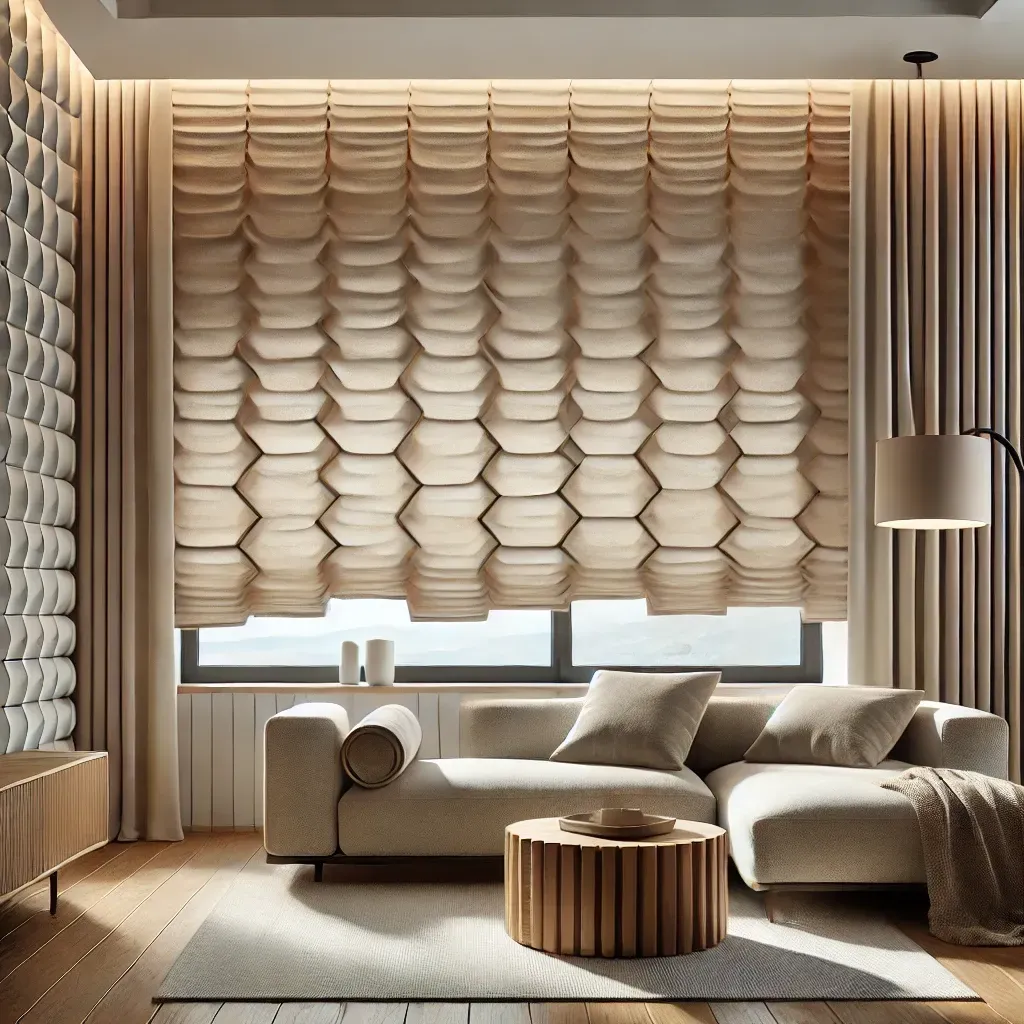
Cellular or honeycomb shades rely on air pockets inside their cells. The trapped air adds a layer of insulation between your window glass and the room.
Key structural features include:
- Hexagonal cells that hold air
- Single, double, or cell-within-cell layers for different insulation levels
- Fabric pleats that keep the structure stable
- Options in opacity such as light filtering or blackout
This design makes them different from pleated shades, which only use a single fabric layer and provide no thermal insulation.
Single Cell vs Double Cell vs Cell-Within-Cell
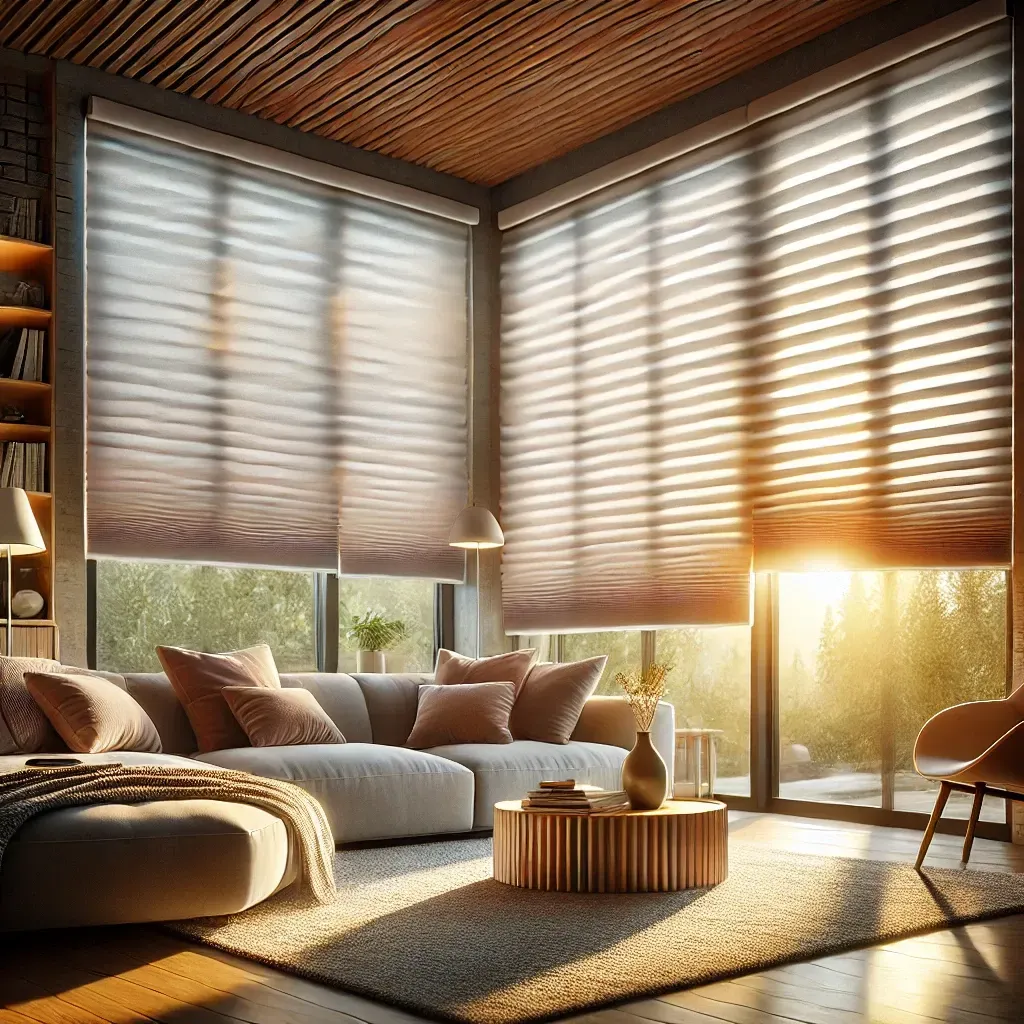
Cell count affects insulation, value, and thickness.
Single Cell Shades
- More budget-friendly
- Slimmer profile, good for shallow windows
- Suitable for mild climates or rooms without high energy concerns
Double Cell Shades
- Two layers of air pockets
- Better insulation and sound absorption
- Ideal for bedrooms, media rooms, or homes in hot or cold climates
Cell-Within-Cell Shades
- Extra insulation through layered pockets
- Premium option
- Designed for maximum energy efficiency
Cell Size and Performance

Cell size changes the look and performance.
- Small cells work well for shallow frames or smaller windows
- Medium cells balance insulation and design
- Large cells look modern, fit larger windows, and diffuse light softly
Choosing the right cell size depends on the depth of your frame and the size of your window.
Fabric Options and Light Control
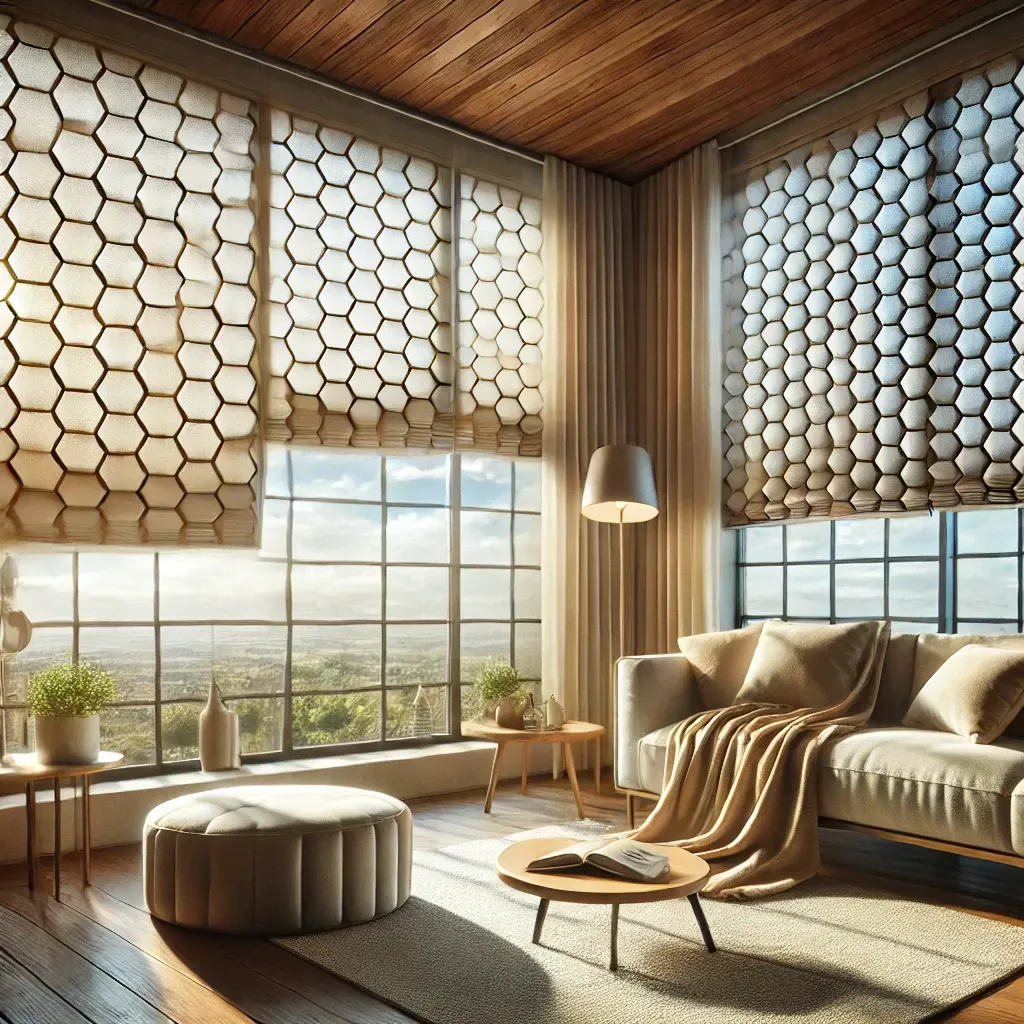
Fabric selection determines how much light enters and how much privacy you have.
Options include:
- Sheer fabrics for diffused daylight
- Light filtering fabrics for soft lighting and moderate privacy
- Blackout fabrics for total light blocking and maximum privacy
- UV protective fabrics to protect furniture and flooring from sun damage
Operation Styles and Mounting
Honeycomb shades come with multiple operation systems. Each one fits different needs for safety, convenience, or aesthetics.
Operation styles:
- Cordless: Safer for homes with kids and pets, simple to operate
- Corded: Traditional option, better for large or heavy
shades
- Motorized: Controlled with a remote or smart home integration
- Top-down/bottom-up: Allows light from above while keeping privacy below
Mounting choices:
- Inside mount for a clean, built-in look
- Outside mount for more coverage and to make small windows look larger
Pros and Cons of Honeycomb Shades
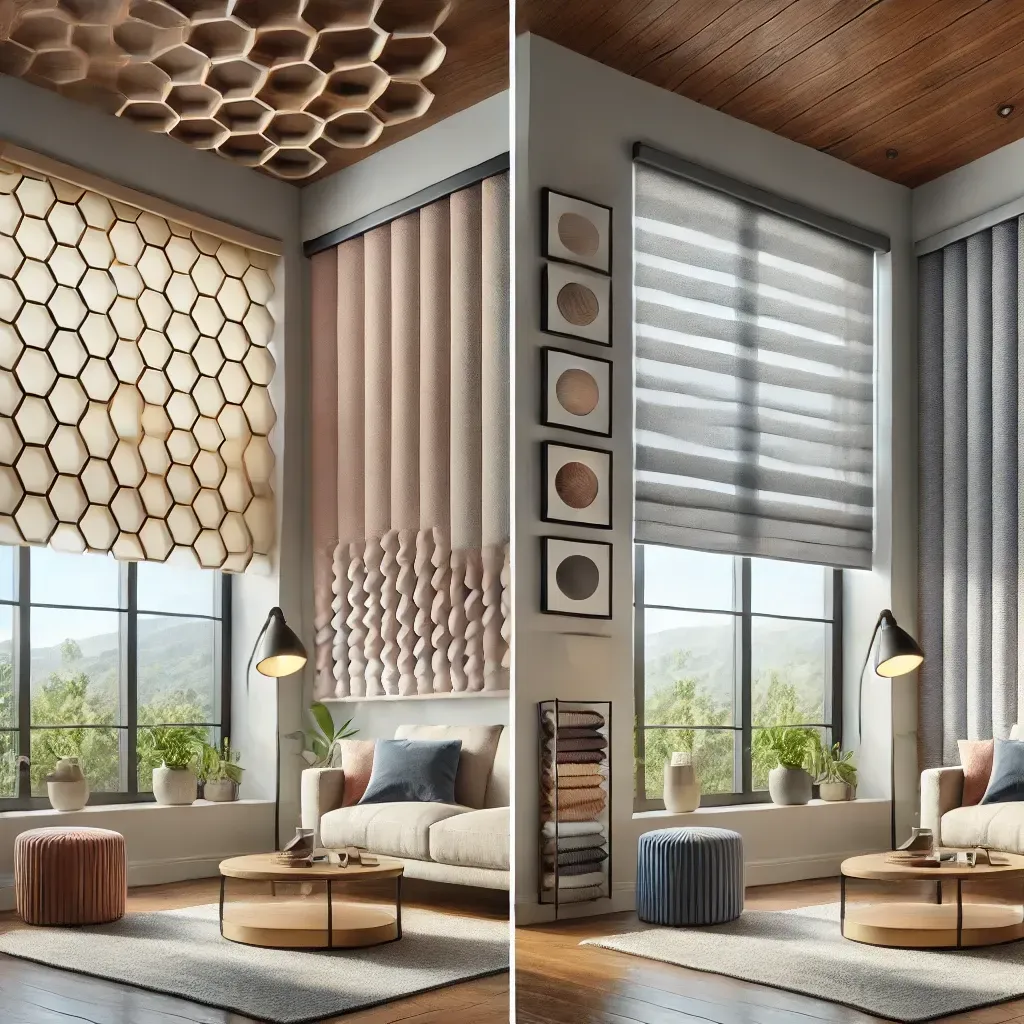
Benefits:
- Strong insulation, leading to better energy efficiency
- Noise reduction, especially in double cell versions
- Sleek appearance that fits modern or traditional homes
- Wide choice of colors and fabrics
- Versatile operation styles
Drawbacks:
- Typically a higher investment than roller or pleated shades
- Harder to clean compared to flat shades
- Fabric can be prone to dust buildup
- Limited view when fully lowered
- Stack height when raised may cover part of the window
Best Shades by Room Type
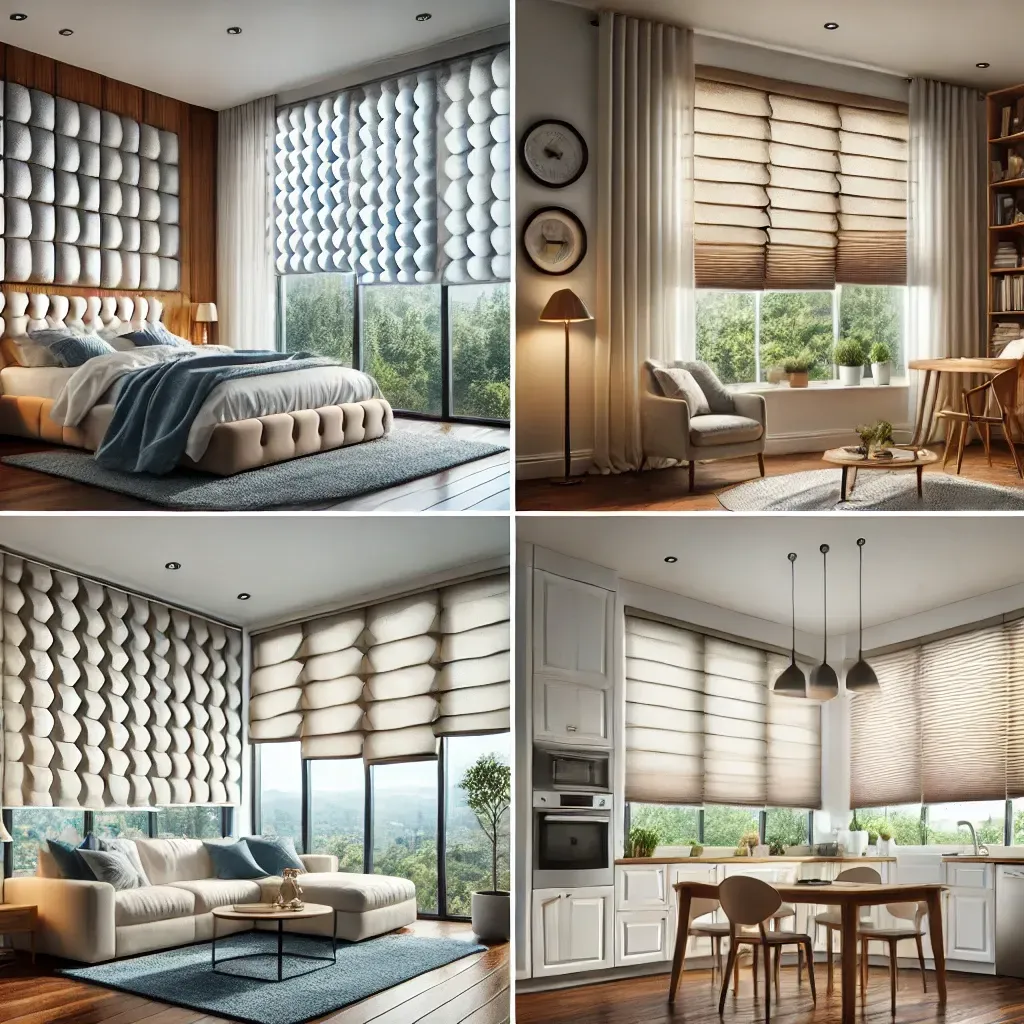
Different rooms require different light control and privacy levels.
- Bedrooms: Double cell blackout for quiet, dark sleep
- Living Rooms: Light filtering single or double cell for balance of daylight and privacy
- Kitchens: Light filtering fabrics for bright but private spaces
- Media Rooms: Blackout double cell for light control and sound dampening
- Bathrooms: Light filtering with moisture-resistant fabric options
Texas Climate Considerations

In Texas, heat, sunlight, and humidity play a big role in window treatment decisions.
- Double cell or cell-within-cell shades are better for insulation against extreme heat
- UV protection prevents fading of furniture in strong sun
- Top-down/bottom-up allows light without sacrificing privacy in close neighborhoods
- Motorized options are useful for large, tall windows common in Texas homes
Love Is Blinds TX often recommends double cell or blackout honeycomb shades for Texas customers to help keep homes comfortable during long summers.
Value and Investment Guide
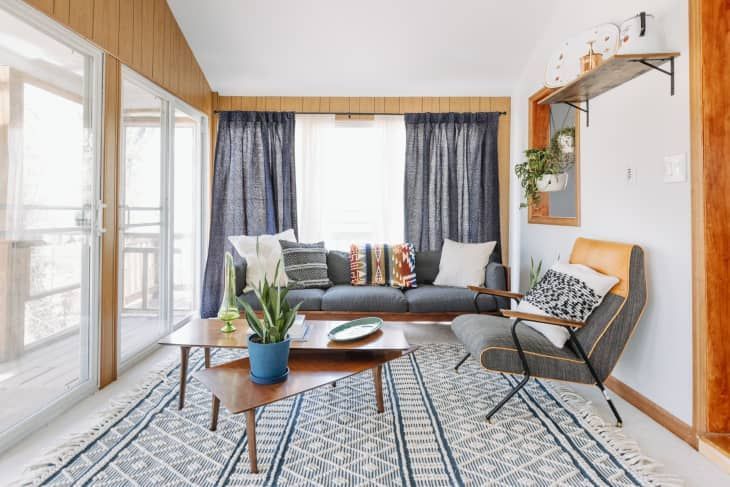
The overall investment for honeycomb shades depends on size, fabric, cell count, and operation system.
- Entry-level options: Simple designs with standard features, suited for budget-conscious buyers
- Mid-range options: More choices in fabrics, cell count, and operation styles, offering a balance of performance and style
- Premium options: Advanced insulation, custom fabrics, or motorized operation, designed for maximum convenience and energy efficiency
While honeycomb shades often require more upfront investment than
roller shades, their energy-saving benefits, durability, and performance make them a long-term value.
Installation, Maintenance and Durability

Tips for installation:
- Measure window frame depth carefully before ordering
- Inside mounts need enough depth to hold the cell size
- Outside mounts cover more but extend past the frame
Maintenance:
- Regular dusting with a vacuum brush
- Spot cleaning with mild soap and water
- Avoid soaking the fabric to prevent damage
Durability factors:
- Double and cell-within-cell shades tend to last longer due to stronger structure
- Motorized systems need occasional battery replacement or charging
- Fabrics with UV protection fade less over time
Design and Styling Options
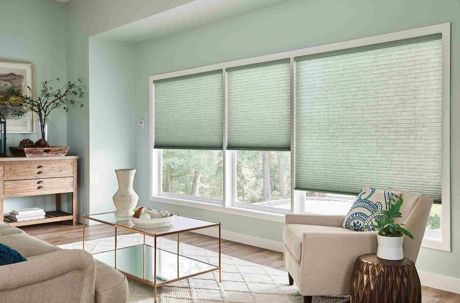
Cellular shades are versatile in design.
- Wide color selection to match any décor
- Smooth texture fits both traditional and modern interiors
- Pair with curtains or drapes for layered looks
- Neutral shades keep spaces light and timeless
- Bold shades add character to living areas
Frequently Asked Questions
Are honeycomb and cellular shades the exact same thing?
Yes, both terms describe the same product.
What is a cell-within-a-cell shade?
It is a double-layered construction inside each cell for maximum insulation.
Do double cell shades block more sound?
Yes, double cells absorb more sound than single cells.
How do I choose between light filtering and blackout?
Light filtering is better for living spaces. Blackout is better for bedrooms and media rooms.
Are cordless shades safe?
Yes, cordless systems remove dangling cords and are safe for kids and pets.
How much energy will I save?
Studies show honeycomb shades can significantly reduce heat transfer, leading to lower heating and cooling bills.
What issues should I expect in hot Texas summers?
Fabric fading, heat buildup, and higher cooling demands are common. Choosing double cell with UV protection helps reduce these problems.
Final Thoughts on Choosing Honeycomb or Cellular Shades
Honeycomb shades and cellular shades are the same product. The choice comes down to fabric, cell count, and operation style. Single cell shades work for simple needs, while double or cell-within-cell shades provide stronger insulation and noise reduction.
For Texas homes, energy efficiency is a priority. Love Is Blinds TX often recommends double cell blackout or motorized shades to keep homes cool and reduce energy usage.
By focusing on your window depth, light needs, and room type, you will find the best honeycomb or cellular shade for your home. The investment pays off in comfort, style, and long-term energy savings.

